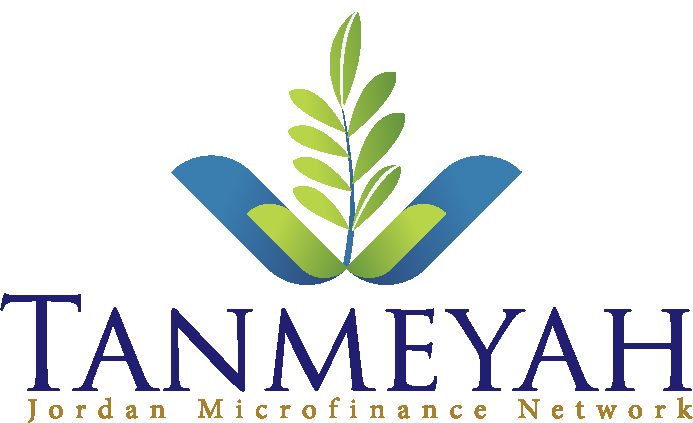Trainings
Compliance and Combating Money Laundering and Counter-Terrorist Financing

Overview: This training program is designed to develop essential skills for understanding and supporting your organization in combating money laundering and terrorist financing. It aims to prevent, detect, and report money laundering activities effectively. The program covers the regulatory environment, …
Overview:
This training program is designed to develop essential skills for understanding and supporting your organization in combating money laundering and terrorist financing. It aims to prevent, detect, and report money laundering activities effectively.
The program covers the regulatory environment, emphasizing the importance of Know Your Customer (KYC) policies, Customer Due Diligence (CDD), sanctions monitoring, and the practical role of the Money Laundering Reporting Officer (MLRO).
Participants will also gain insight into assessing AML risks in emerging industries and practical tools to ensure adherence to international and local laws and regulations to prevent financial crimes.
Main Topics
- Definition of the term compliance with laws and regulations.
- Role of the Compliance Control Department.
- Risks resulting from non-compliance.
- Definition of the money laundering process.
- Statement of the stages and elements of the crime of money laundering.
- Predicate crimes associated with money laundering crimes.
- Methods and ways of money laundering.
- Risks and effects of money laundering and terrorist financing.
- Policies and procedures followed in combating money laundering.
- Procedures required to identify customers and the Know Your Customer (KYC) principle.
- The concept of suspicion and the mechanism for reporting suspicious transactions.
- Guiding indicators to identify transactions suspected of being linked to money laundering or terrorist financing.
- Legislation, laws and instructions related to combating money laundering and financing suspicious transactions locally and internationally.
- International efforts made to confront the risks of money laundering and terrorist financing.
- Tasks and duties (Board of Directors, Board of Directors, Internal Audit and Compliance Function) in relation to combating money laundering and terrorist financing.
- Non-resident customers, legal persons, politicians, risk representatives.
- International blacklists (official, unofficial).
- Charities and non-profit organizations and the difference between them.
- Systems for detecting unusual transactions.
- The beneficial owner (controller) of the account and the influential interest.
Objectives
- Define money laundering, its stages, and components.
- Ensure adherence to AML and terrorism financing procedures in microfinance companies.
- Identify the origins of money laundering and funding for suspicious activities.
- Understand account opening procedures and KYC policies.
- Recognize the latest money laundering techniques and methods.
- Differentiate AML compliance policies and procedures.
- Distinguish relevant laws, regulations, and penalties for money laundering.
- Familiarize with global efforts against money laundering and terrorism financing.
- Update organizational policies and procedures related to AML and terrorism financing.
Target Audience
- AML officers and monitors in MFIs
- Customer service representatives and supervisors.
- Heads of current accounts, transfers, and clearing sections.
- Cashiers and tellers.
